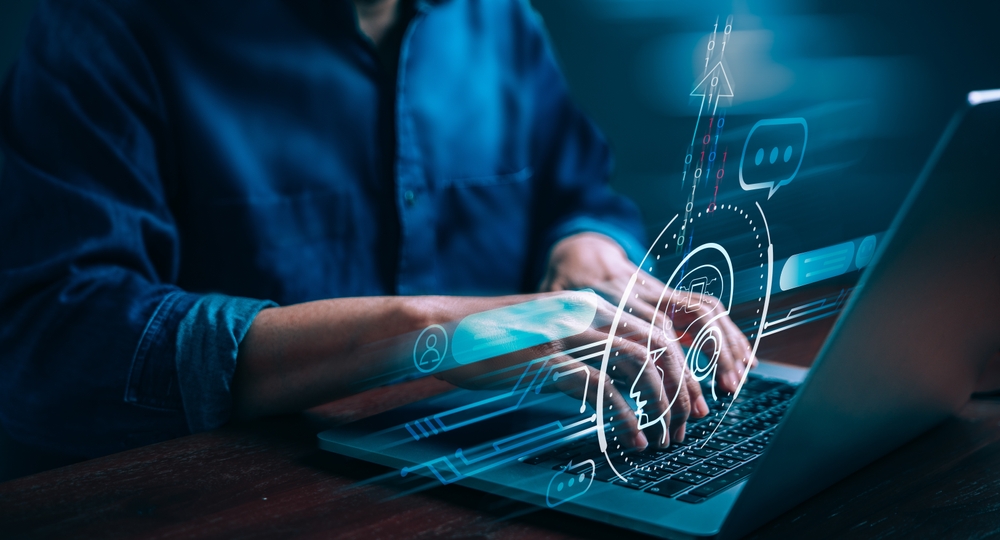Explore comprehensive lists of top AI detection tools that leverage artificial intelligence algorithms to provide reliable and precise detection capabilities. Enhance your security measures and streamline operations with these advanced tools.
In an era where artificial intelligence (AI) has seamlessly integrated into everyday life, it is becoming increasingly important to understand and manage the influence of AI-generated content and interactions. This need has given rise to AI detection tools, sophisticated systems designed to identify AI-generated text, images, videos, and even behaviors. These tools are crucial in maintaining the integrity of information, protecting against fraud, and ensuring the authenticity of digital interactions. In this comprehensive overview, we will explore what AI detection tools are, how they operate, the various types available, their costs, and the benefits they offer to users.

What are AI Detection Tools
AI detection tools are software systems that utilize machine learning and pattern recognition to discern between content generated by humans and that created by artificial intelligence. As AI becomes more adept at mimicking human-like content, the challenge of distinguishing between the two grows. These tools help to uphold the authenticity and reliability of digital content, which is essential for fields such as journalism, academia, and security.
The purpose of AI detection tools extends beyond identifying fake content. They are also used in moderating online platforms, verifying the authenticity of user-generated content, and preventing AI-assisted cheating in academic environments. As AI technology continues to evolve, these tools are vital in safeguarding against the misuse of AI and maintaining trust in digital communications.
How Do They Work
AI detection tools work by analyzing the patterns and characteristics that are typical of AI-generated content. Machine learning algorithms are trained on vast datasets containing examples of both human and AI-created material. Through this training, the algorithms learn to recognize the subtle differences that often go unnoticed by the human eye.
For instance, in the case of text, these tools may look for patterns in sentence structure, word choice, and grammar that are telltale signs of AI authorship. Similarly, when examining images or videos, they can detect inconsistencies in lighting, shadows, or textures that suggest manipulation. Additionally, these tools can analyze behavioral patterns to determine whether a social media account or online participant might be a bot rather than a real person.
Types of AI Detection Tools
AI detection tools can be broadly categorized into various types based on the kind of content they are designed to analyze:
- Text-Based Detection Tools: These are designed to identify AI-generated writing, such as articles, essays, and social media posts. They are essential in academic settings to prevent plagiarism and in online platforms to ensure authenticity.
- Image and Video Detection Tools: These tools are crucial in the fight against deepfakes and other manipulated visual content. They analyze visual elements to detect signs of alteration.
- Audio Detection Tools: With synthetic voice technology advancing rapidly, there are tools specifically developed to differentiate between real and AI-generated voices.
- Behavioral Detection Tools: These tools focus on patterns of behavior, such as the timing and frequency of online actions, to identify bots and automated accounts.
Popular Software
Several AI detection tools have gained popularity due to their effectiveness and ease of use. Some of the most notable include:
- Turnitin: A widely used software in academic circles, Turnitin helps educators detect plagiarism and ensure the originality of student work.
- Grammarly: Though primarily a writing aid, Grammarly also offers plagiarism detection to ensure the authenticity of the text.
- Deeptrace: Specializing in detecting deepfakes and manipulated media, Deeptrace provides solutions for validating the integrity of visual content.
- Botometer: This online tool assesses the activity of Twitter accounts to determine the likelihood that they are automated bots.
Average Costs to Use
The cost of AI detection tools varies depending on several factors, including the level of sophistication required, the amount of content to be analyzed, and the specific use case. Some tools offer free versions with limited capabilities or usage limits, while full-featured professional versions can range from a few dollars per month for individual use to thousands of dollars for enterprise-level solutions. Academic institutions and large corporations may invest in customized systems that can cost significantly more, reflecting the scale and complexity of their needs.
Benefits of Using AI Detection Tools
The benefits of using AI detection tools are numerous and impactful across various sectors:
- Upholding Academic Integrity: These tools help educators detect and prevent plagiarism, ensuring that students submit original work.
- Preserving Authenticity in Media: In journalism and online content creation, detecting AI-generated content helps maintain credibility and trust.
- Combating Fraud: In financial and security sectors, AI detection can prevent fraudulent activities carried out by sophisticated AI systems.
- Enhancing Online Moderation: Platforms can use these tools to identify and manage fake accounts and misinformation spread by bots.
- Protecting Intellectual Property: Companies can safeguard their proprietary content by detecting unauthorized AI-generated copies or derivatives.
AI detection tools are an essential component of the digital landscape, playing a critical role in distinguishing between human and AI-generated content. As AI technologies continue to advance and become more accessible, the importance of these tools will only grow. By understanding how they work, the types available, popular software solutions, associated costs, and the benefits they provide, individuals and organizations can make informed decisions about integrating AI detection into their operations. Ensuring the authenticity and reliability of digital content is not a trivial matter; it is fundamental to maintaining the integrity and trustworthiness of our increasingly interconnected world. AI detection tools stand as sentinels in this new frontier, guarding against the potential misuse of AI and fostering a safer, more authentic digital environment.